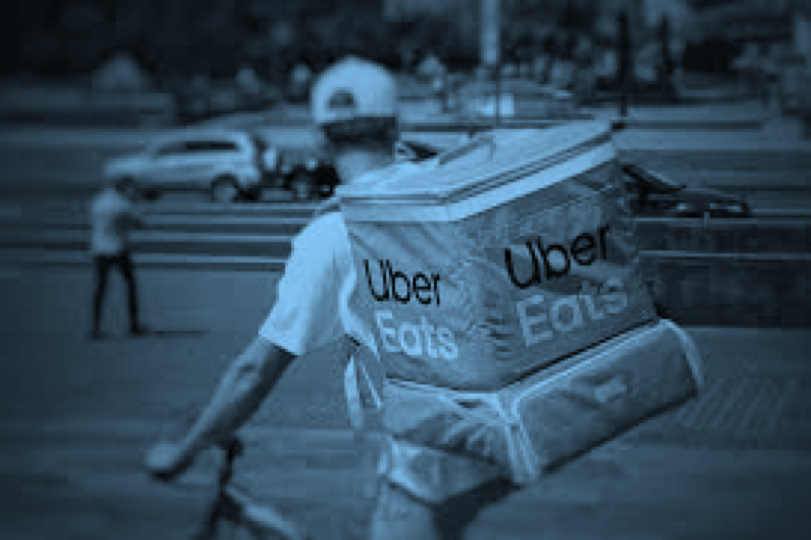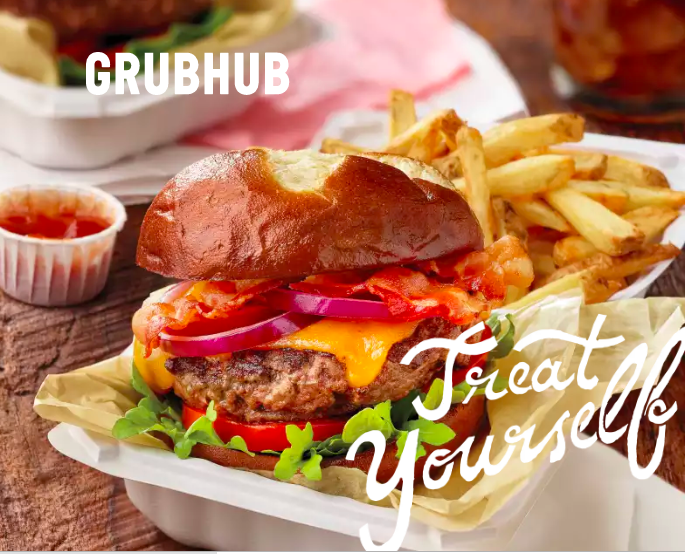Last week we published a post with four predictions for the local commerce ecosystem in 2020. One of the predictions involved the food delivery app space. It’s a field crowded with familiar names like Grubhub, UberEats, Postmates and DoorDash. None of which is making any money.
Here is what we wrote:
No.2: Food Delivery Wars Will Rage
The crowded food delivery app space will spin-off multiple conflicts in 2020, many of them foreshadowed this year. Increasingly, dining establishments that partner with food delivery services will see the apps as competition. They may seek alternatives like Olo or native apps that allow them to maintain a direct relationship with their customers. The delivery apps will counter with increasing reliance on cloud kitchens to create a 100% delivery based dining ecosystem, disintermediating many restaurants. Finally, we expect at least one city to go to bat for beleaguered delivery drivers this year, requiring wage guarantees, insurance, and other protections.
We didn’t specifically mention consolidation in this prediction. Yet, it is certainly one outcome easily anticipated in a market undergoing so much upheaval. Therefore this article in TechCrunch jumped out as a proof point that our prediction was at least pointing in the right direction.
Grubhub, according to the TechCruch article, has announced that it is exploring the dreaded “strategic options,” including a possible sale. Investors were pleased, with Grubhub’s stock gaining 14% on the news.
As the article notes, Grubhub’s shares took a beating after its Q3 earnings, during which the company lamented intense competition and slowing growth.

This article illustrates just how fierce the dog fight is among the primary food delivery competitors. The data in the article that lays out market share by city is particularly interesting. For instance, Grubhub is the hands-down winner in NYC with two-thirds of the business, while DoorDash leads in San Francisco with a 63% share.
The data comes from an interesting company called Second Measure. If you look at the rest of the chart in the article, you wonder if food delivery is really or should be a national business. What would be interesting to know is whether or not food delivery customers are driven by the restaurant, the food type, or the delivery company.
Our guess is that given today’s impatient consumer, the speed of delivery might well be the most important criteria. We believe we’re going to see a decline in the growth of food delivery over the next half-decade.
Why? Emerging families will begin to appreciate that the true cost of a delivered salad from the organic salad shop is insanely overpriced. And as these newly “adulting” consumers begin to save for and spend money on education and health care for their growing families, the $20 bowl of lettuce will slide down the budget priority list.
So who buys Grubhub?
The most immediate and obvious candidates are its direct rivals — Uber or DoorDash being the most likely. They have ample incentive to take a competitor off of the battlefield. Another possibility is InstaCart, a company that is growing nicely in the grocery store delivery space.
Could it be Amazon, which failed and exited the local food delivery business sometime last year? Or perhaps Walmart, which has put convenience at the top of its customer experience list.
It will be very interesting to see who, if anyone, buys Grubhub. In the meantime, we’ll just make those salads ourselves and spend the $20 we save on beer.
Neal Polachek co-authored this post.




